Copyright © 2025 Motivate Media Group. All rights reserved.
A look back at Milan Design Week 2021: Hermès erects monolithic volumes to showcase its home collections
The collections celebrated raw and natural materials
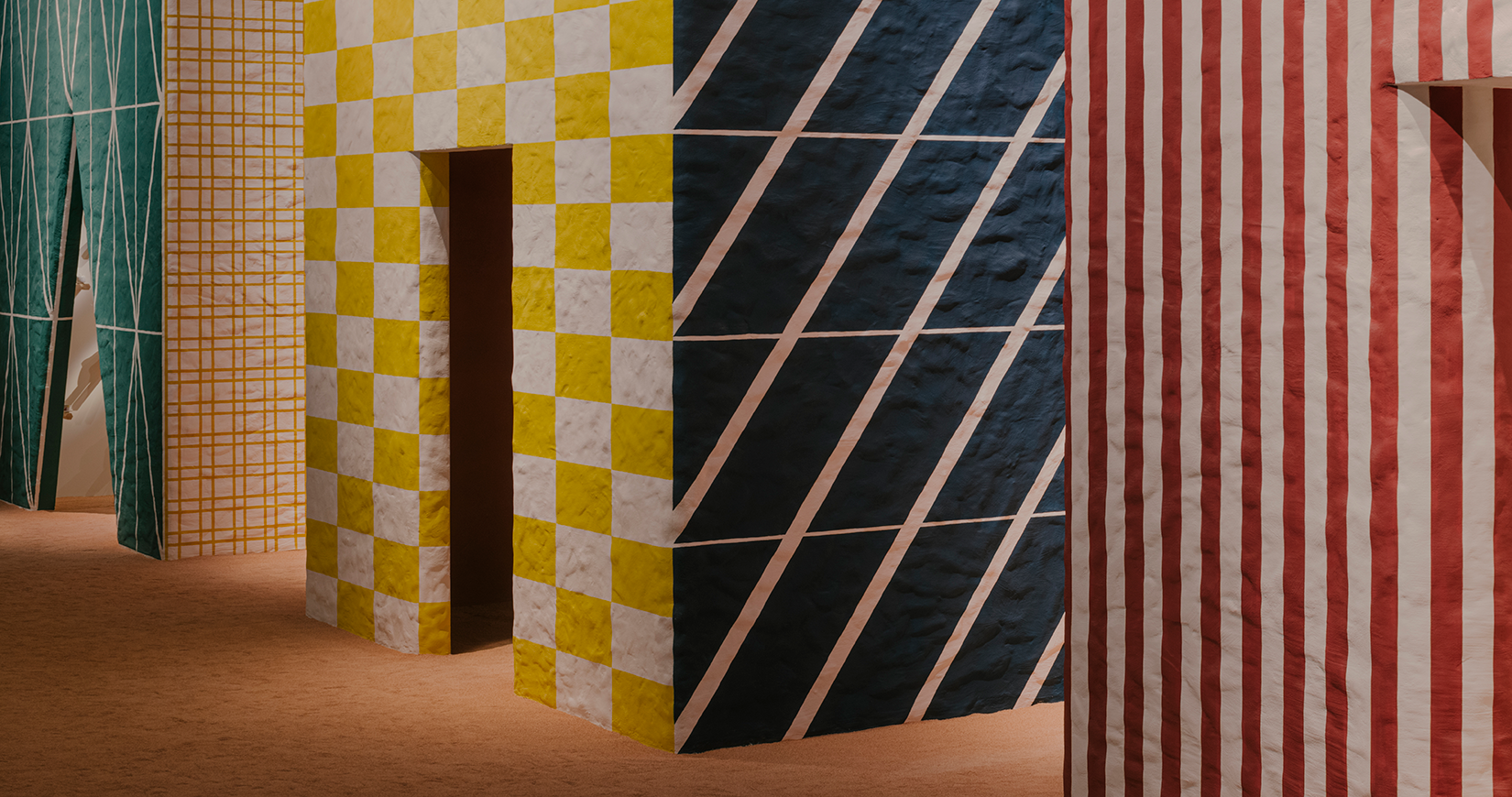
Set inside five monolithic lime plaster volumes that rest on terracotta-hued sand, the latest Hermès home collections – which include an array of furniture, objects and textiles – celebrate the tactility of raw and natural materials.
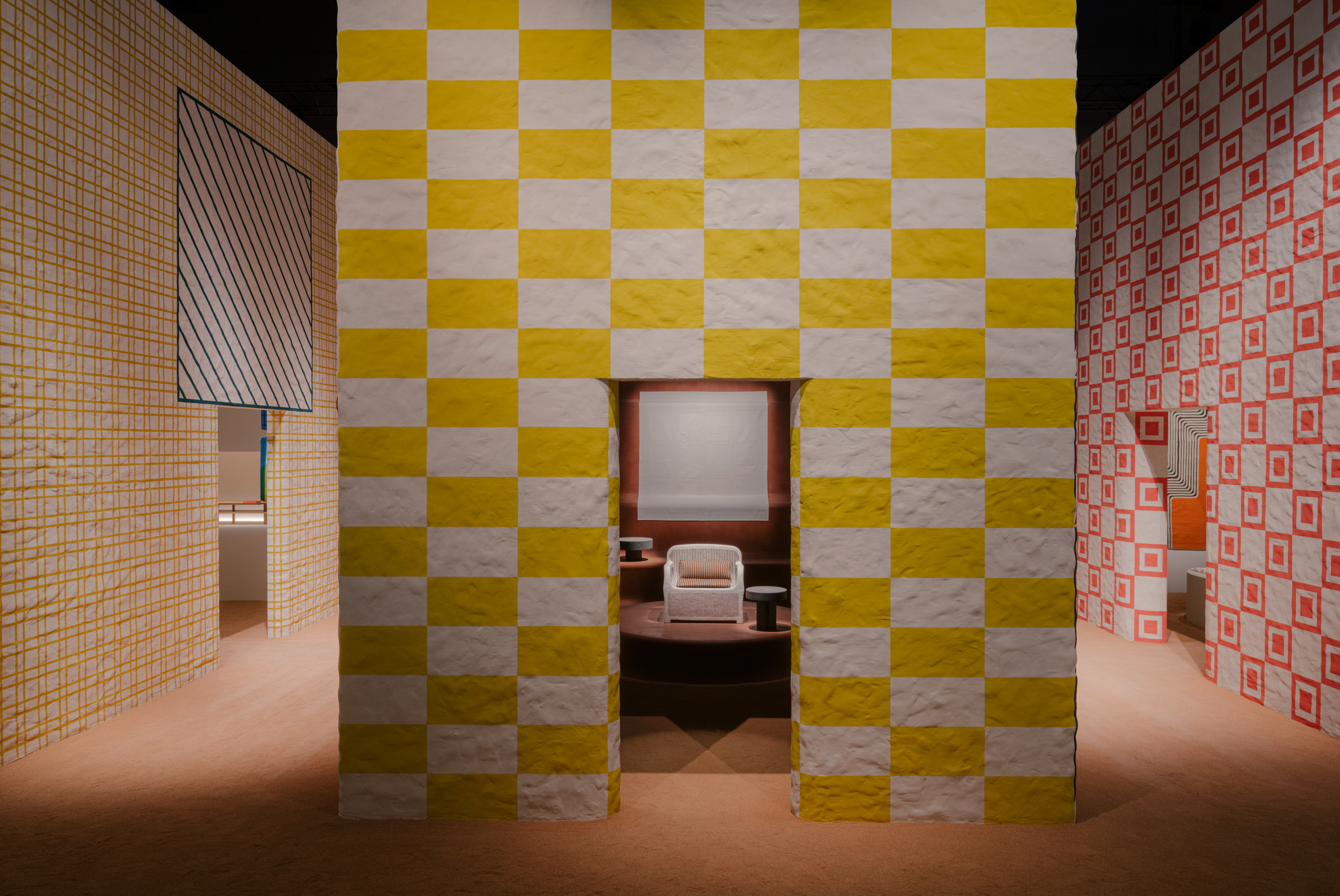
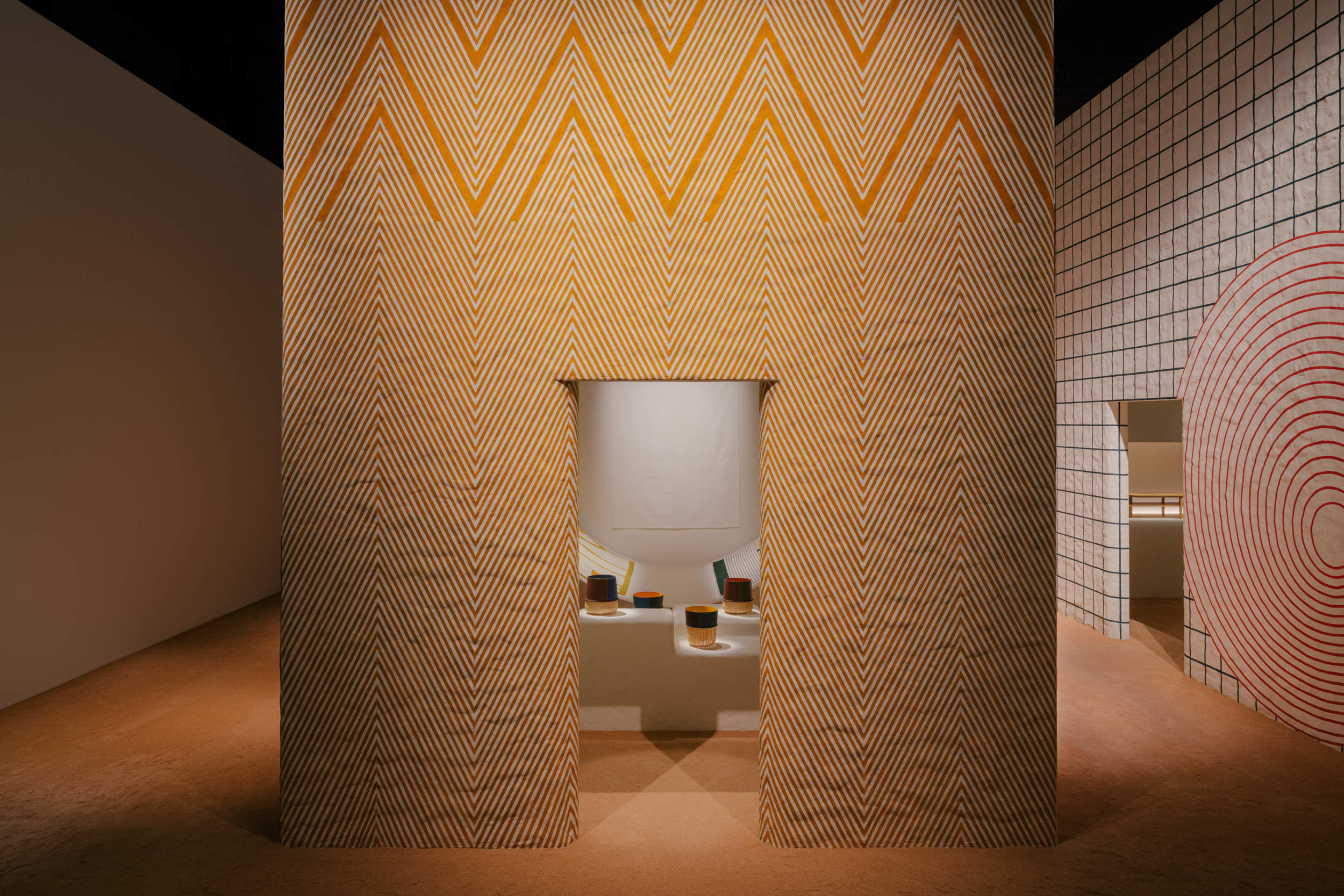
Referencing North African vernacular architecture, the structures feature carved partitions, inside which one discovers the brand’s latest creations. Made from leather, textiles, metals and stone, the pieces are displayed on altar-like plinths – and sometimes inside wall carvings. The collections play with the idea of unexpected material combinations, where a seat can be crafted using paper microfibres and cashmere is interwoven with golden threads.

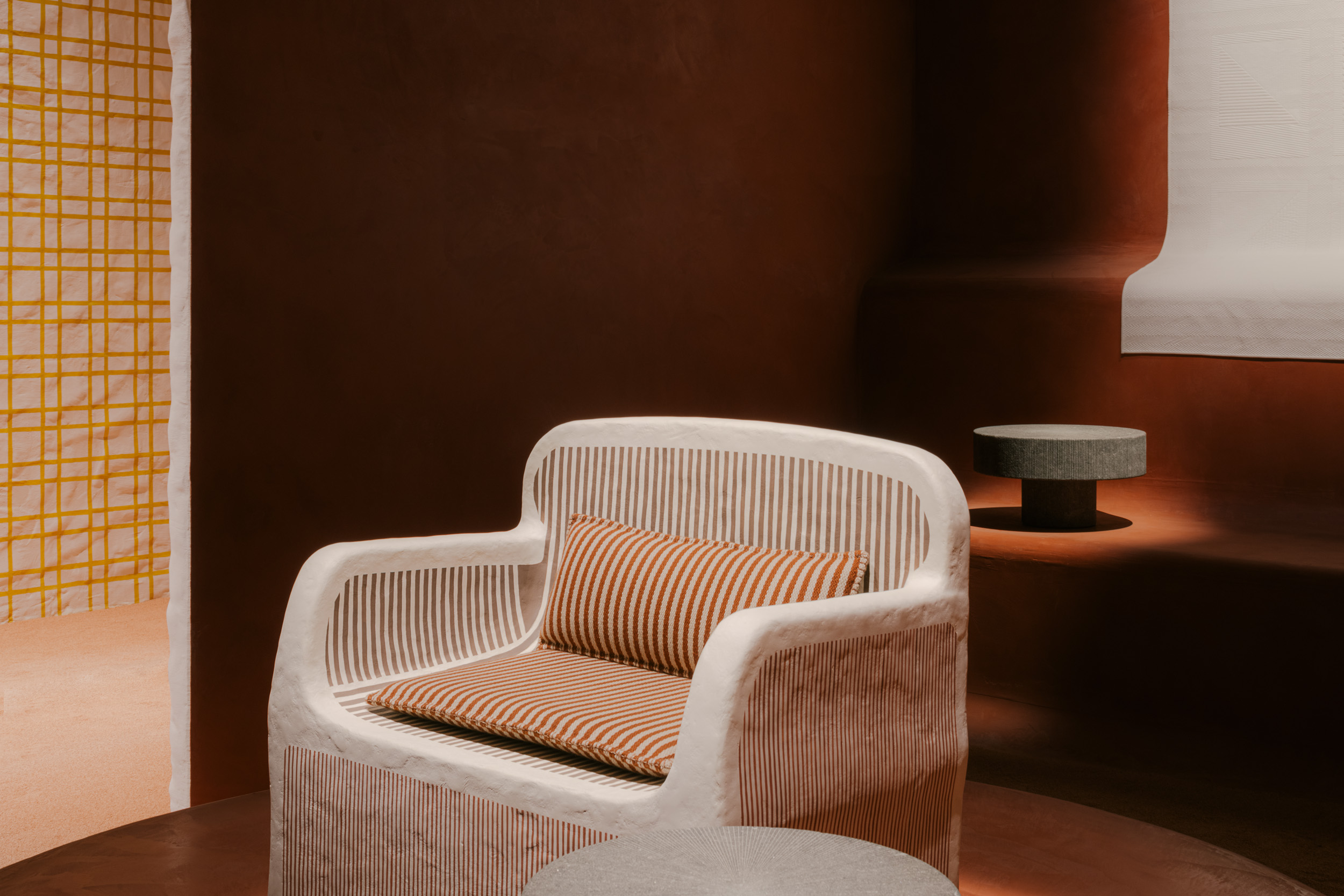
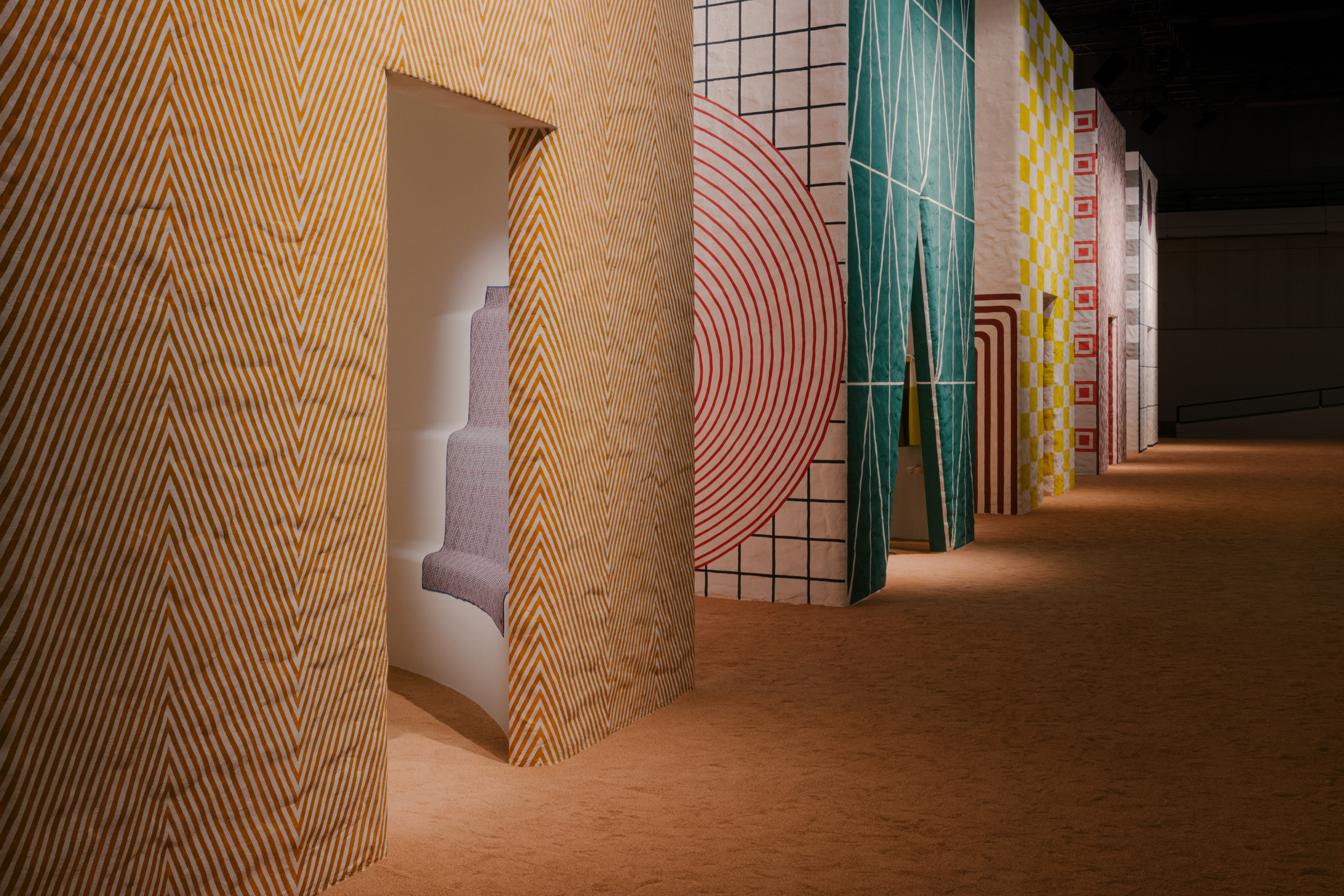
Among the highlights from the collection is Studio Mumbai’s Sillage d’Hermès armchair, which features an organically shaped, throne-like seat inspired by ‘faraway places’. Made with a wooden structure, it is coated with a composite material inspired by papier-mâché techniques and handcrafted in Puglia. Also by Studio Mumbai is the Lignage d’Hermès table, which is made with blue limestone from Hainaut in Belgium, engraved with a precise repetition of narrow lines.
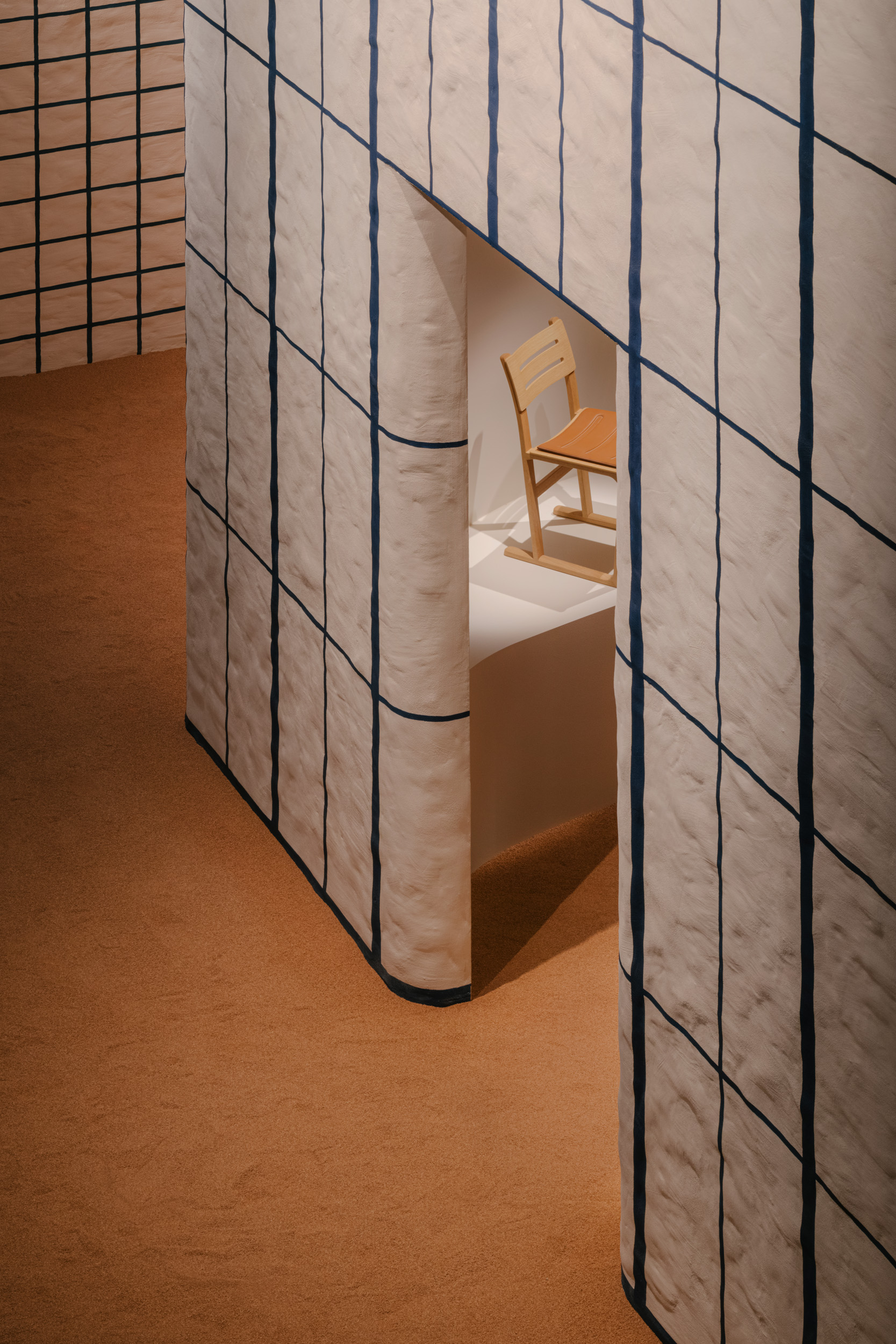
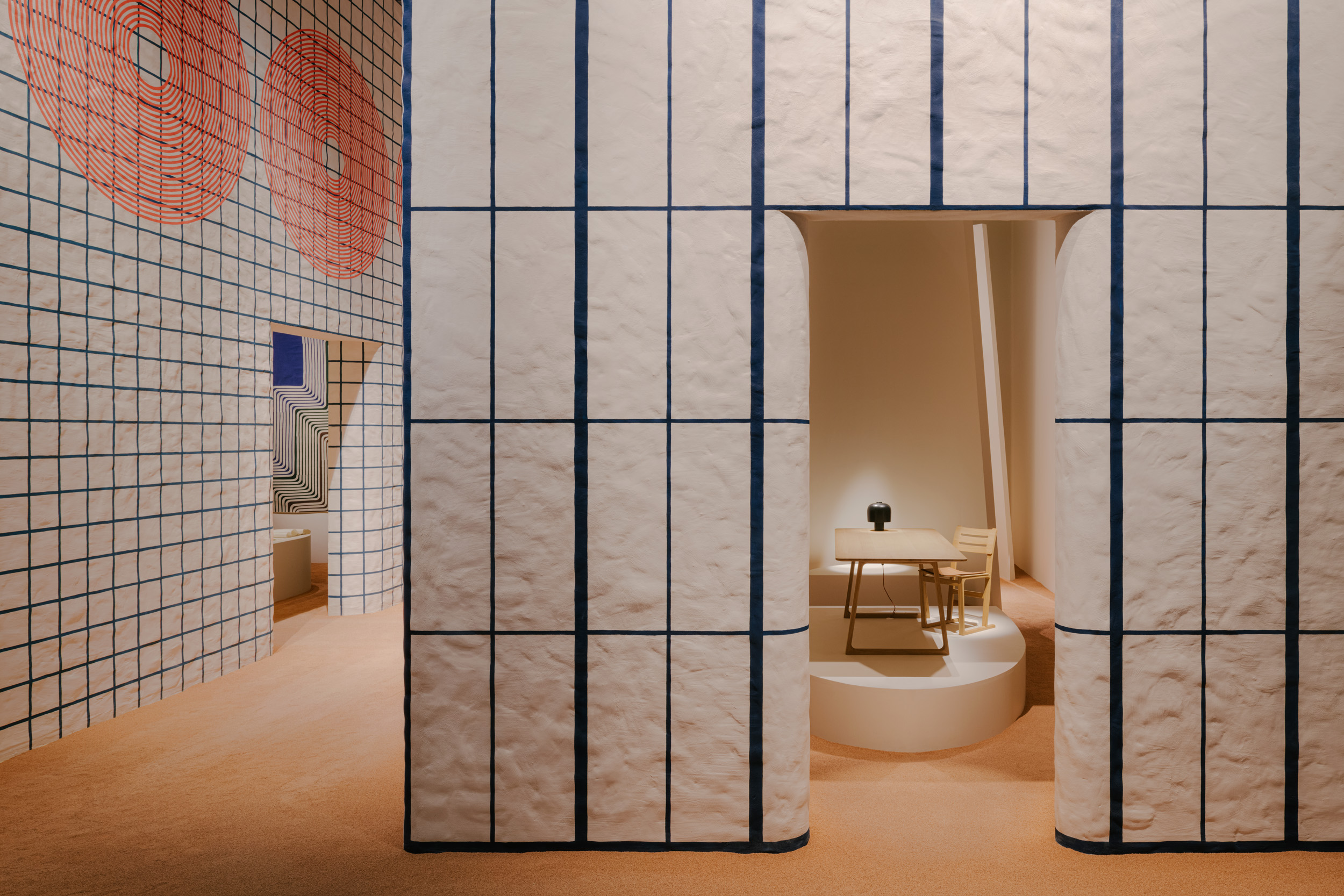
A theme we have seen a lot during Milan Design Week this year is the rebirth of many emblematic pieces of the past – and in the case of Hermés, it is no different. The collection sees the rebirth of the Sarazine table lamp, first designed in 1966 by Jean-Michel Sarazin. Its structure is created using natural cowhide leather which has been beautifully saddle-stitched, while the lampshade is made of writing paper.
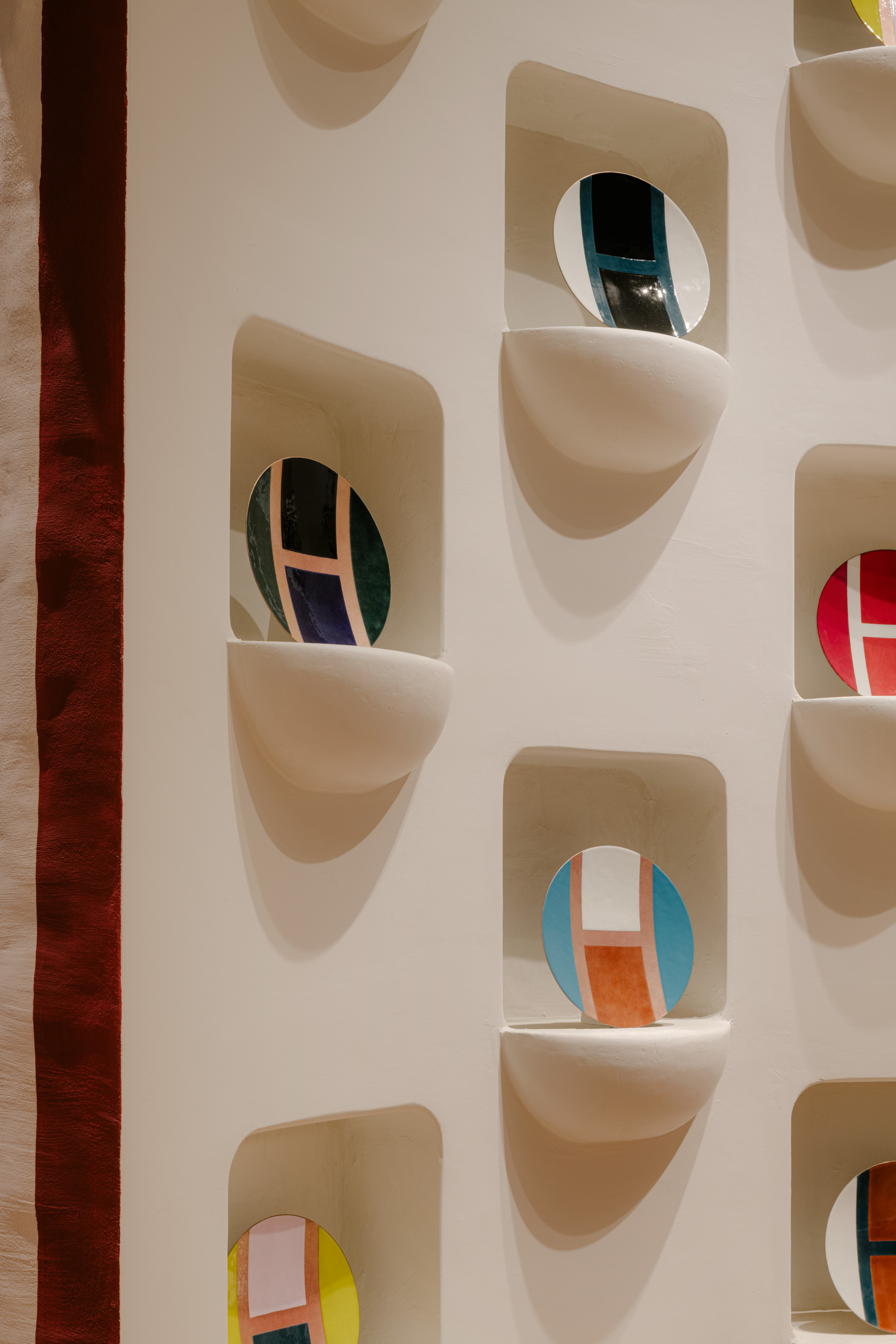
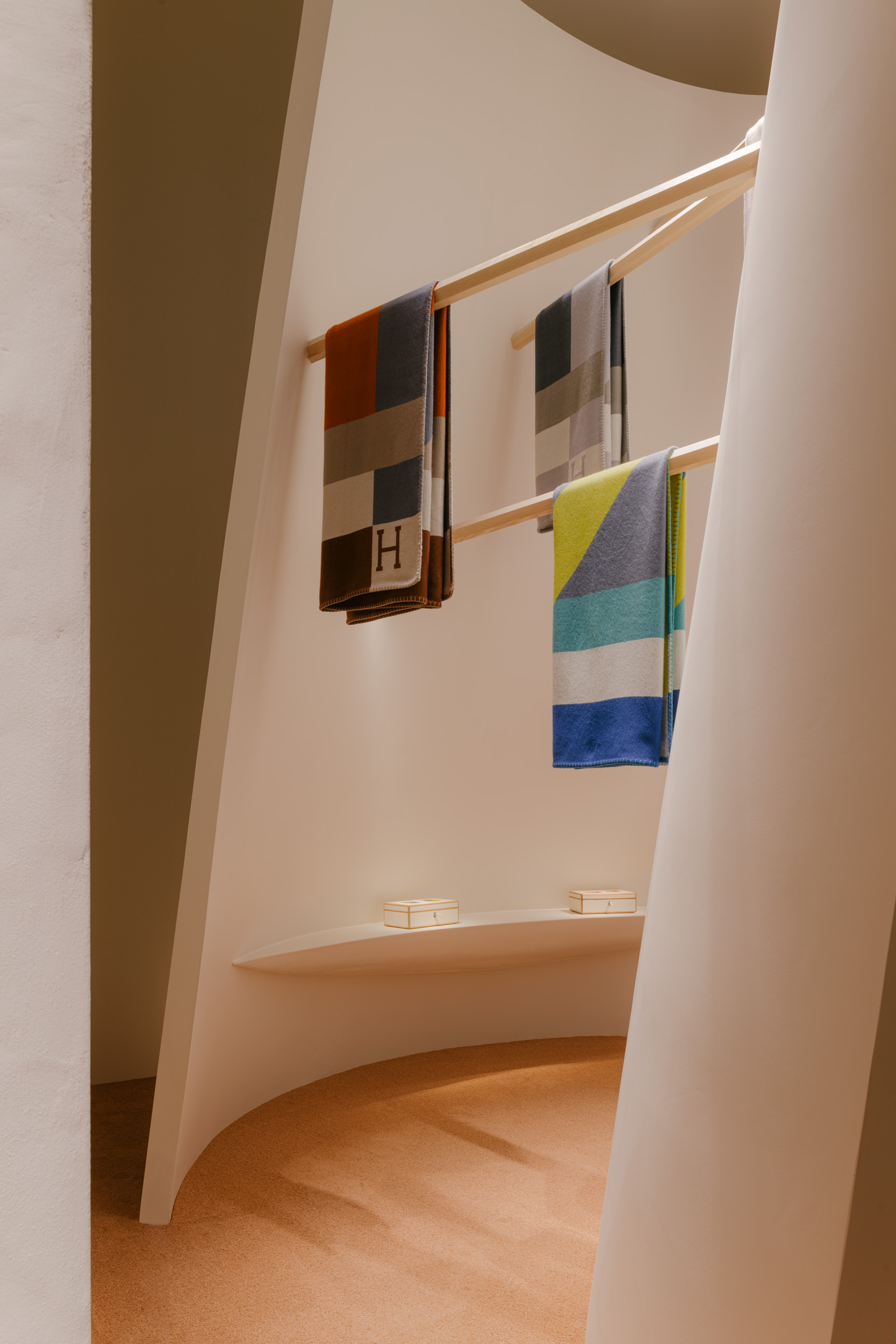
And of course, the signature hand-woven plaids by Hermès Studio make an appearance, their chromatic geometric combinations forming visual connections with the surrounding architecture.
The Latest
How Eywa’s design execution is both challenging and exceptional
Mihir Sanganee, Chief Strategy Officer and Co-Founder at Designsmith shares the journey behind shaping the interior fitout of this regenerative design project
Design Take: MEI by 4SPACE
Where heritage meets modern design.
The Choreographer of Letters
Taking place at the Bassam Freiha Art Foundation until 25 January 2026, this landmark exhibition features Nja Mahdaoui, one of the most influential figures in Arab modern art
A Home Away from Home
This home, designed by Blush International at the Atlantis The Royal Residences, perfectly balances practicality and beauty
Design Take: China Tang Dubai
Heritage aesthetics redefined through scale, texture, and vision.
Dubai Design Week: A Retrospective
The identity team were actively involved in Dubai Design Week and Downtown Design, capturing collaborations and taking part in key dialogues with the industry. Here’s an overview.
Highlights of Cairo Design Week 2025
Art, architecture, and culture shaped up this year's Cairo Design Week.
A Modern Haven
Sophie Paterson Interiors brings a refined, contemporary sensibility to a family home in Oman, blending soft luxury with subtle nods to local heritage
Past Reveals Future
Maison&Objet Paris returns from 15 to 19 January 2026 under the banner of excellence and savoir-faire
Sensory Design
Designed by Wangan Studio, this avant-garde space, dedicated to care, feels like a contemporary art gallery
Winner’s Panel with IF Hub
identity gathered for a conversation on 'The Art of Design - Curation and Storytelling'.
Building Spaces That Endure
identity hosted a panel in collaboration with GROHE.
















